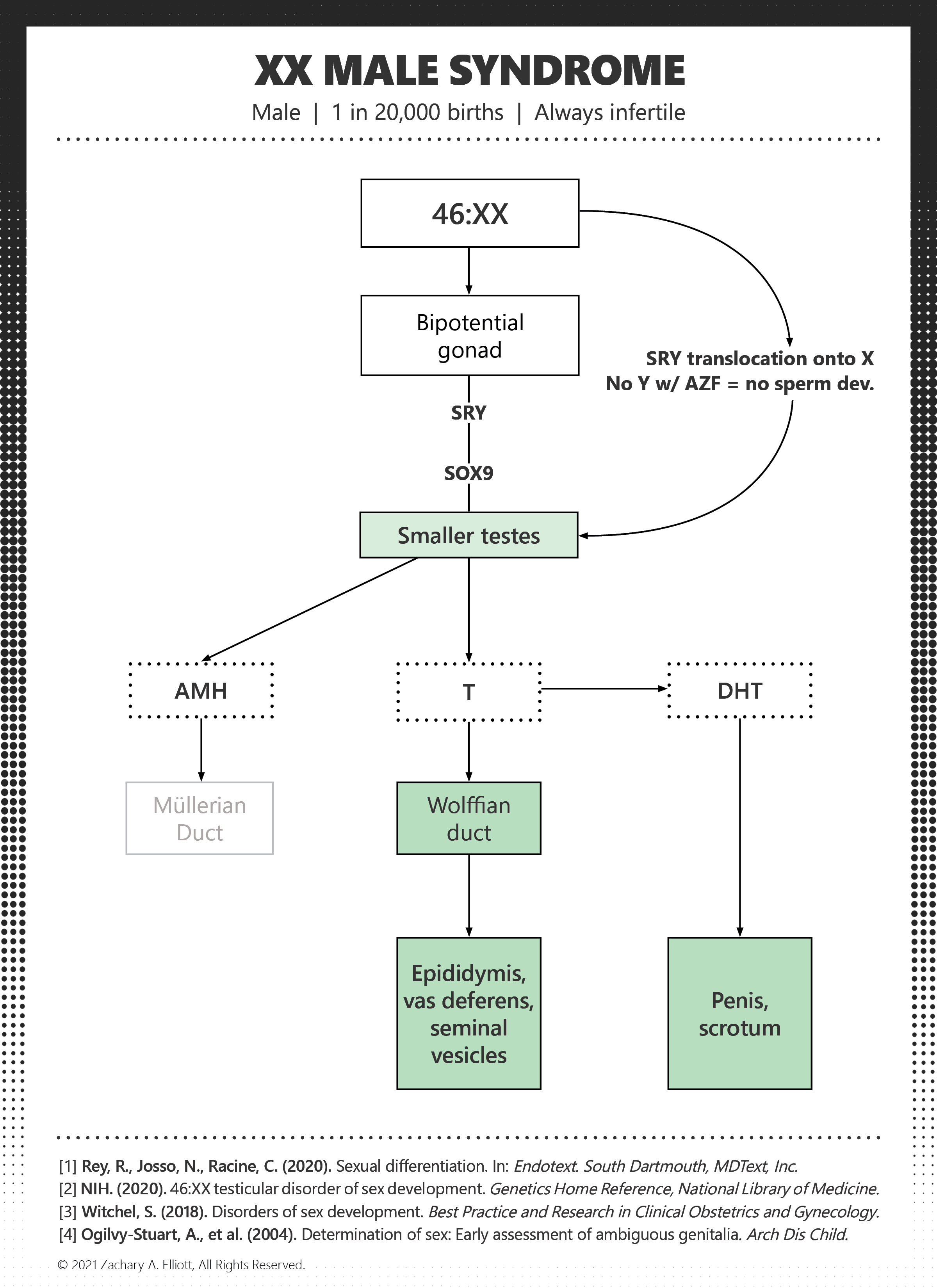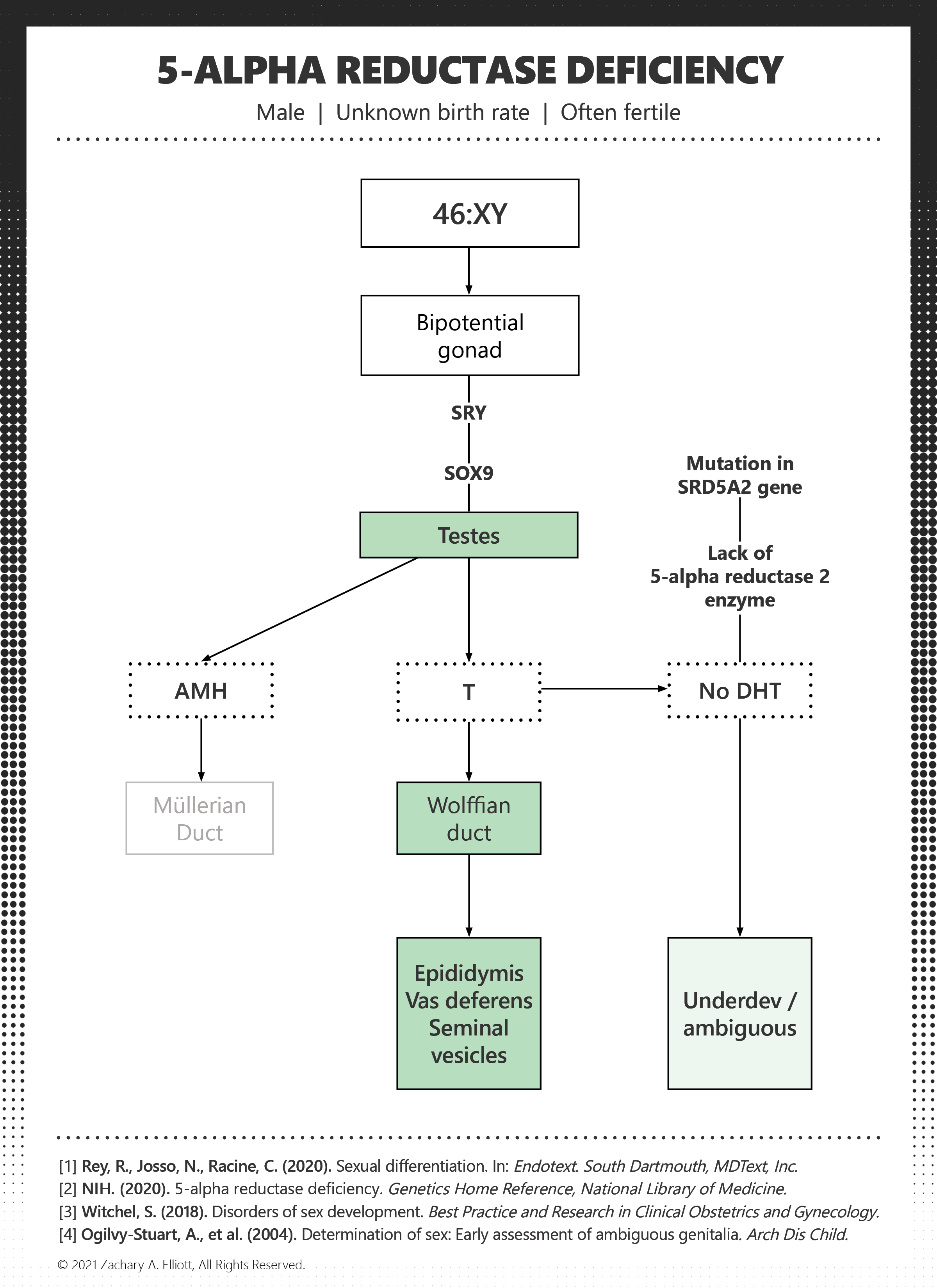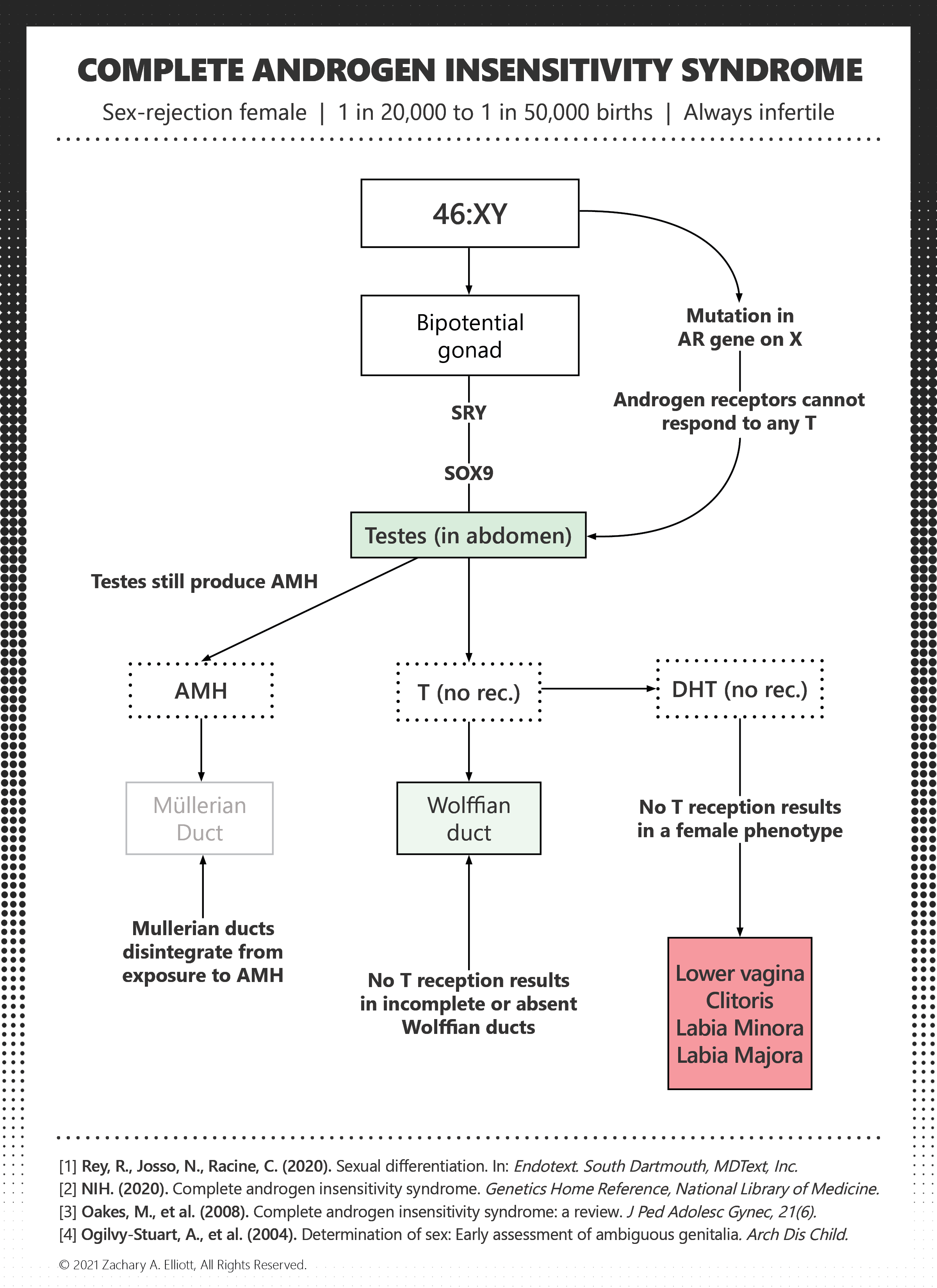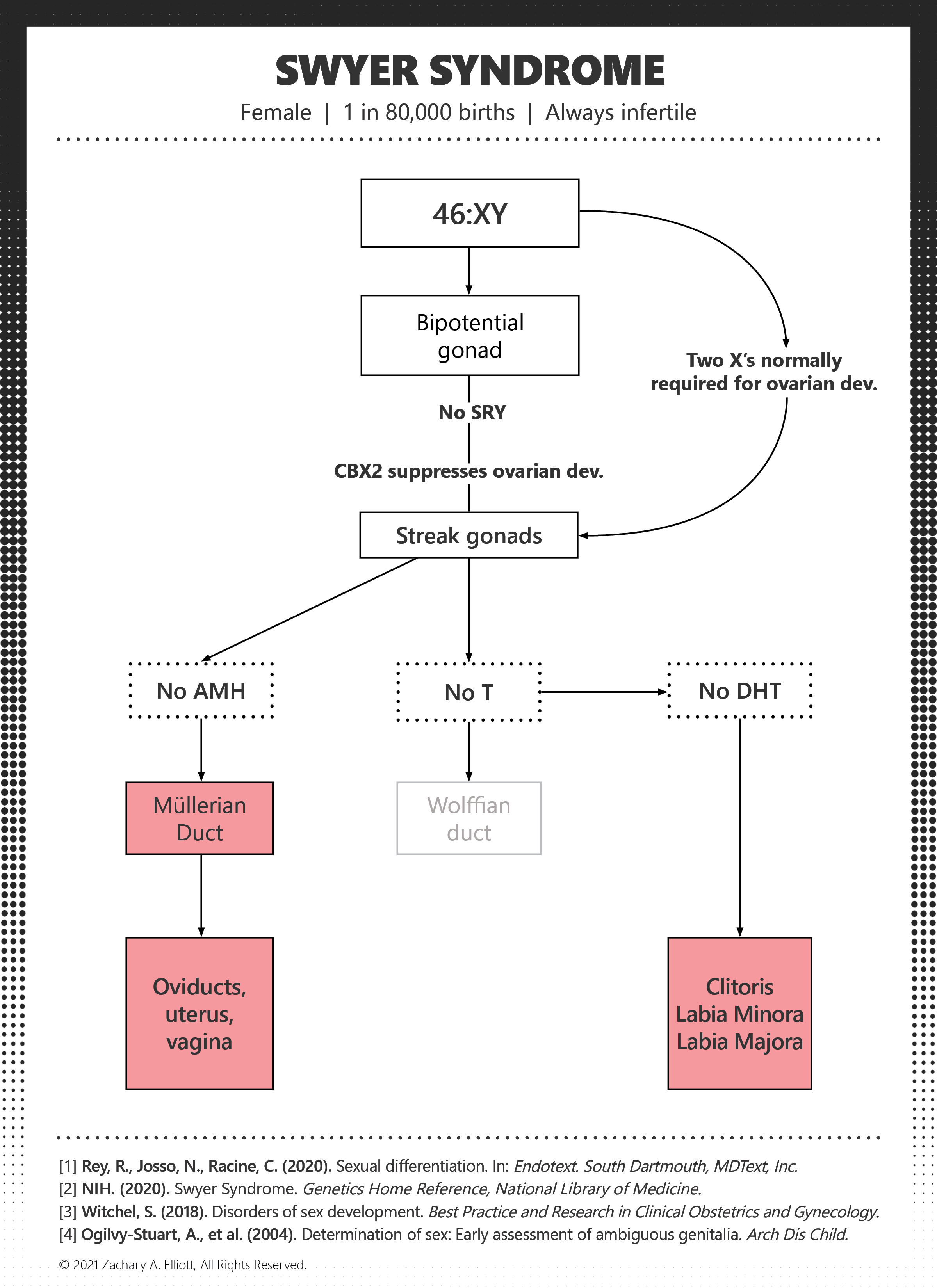Prison Segregation by Sex, Not Subjectivity
The solution to sex segregation in prison is simple. It’s not about chromosomes, and it’s not about your identity. It just requires the understanding of how a person’s sex impacts their biology.
Illustration by Cynthia (@PTElephant).
The strength difference between male and female bodies is vast. On average, males have 57% more grip strength,[1] 65% more leg strength,[2] 90% more total upper body strength,[3] and 162% more punch power.[4]
To put these numbers in comparison, males are only 7% taller than females, yet on the population level we easily see the considerable height differences between them.[5] Percentages like 50-160% are therefore immense and have considerably less overlap between the sexes. Males can use this massive power advantage to easily overpower females to assault or rape them. And when you consider that males commit 77% of aggravated assaults, 87% of robberies, 87% of murders, and 98% of rapes,[6] and that males comprise 93% of the prison population,[7] it’s easy to see why it is generally an important practice to segregate male prisoners from female prisoners for safety.
Defining male and female in the context of prison segregation
But what are male bodies and female bodies? How do we define them? And what criteria do we use to segregate?
The key is to focus in on what gives a male his strength and power. Human males develop testes in the womb, the factories for sperm. The testes produce large amounts of testosterone during puberty, around 15-20x more than the T levels found in females.[8] This difference is so large that the lower end of the male range is about four to five times higher than the upper end of the female range.[9] When the male’s body receives this huge, constant dose of testosterone during puberty, the male’s anatomy and physiology is masculinized, producing the large differences in power and strength. It cannot be reversed.[10]
Along with the masculinizing effects of the testes and testosterone reception, the male also has a penis with the sexual purpose of penetrating females and releasing sperm into them. The presence of a penis is sufficient but not necessary to be used as an exclusion criteria from female prison spaces. A male who has gone through sex reassignment surgery, for example, will no longer have his penis. But he will retain the large musculoskeletal advantage, allowing him to still overpower a female of equal weight and height, because testosterone suppression barely puts a dent in such advantages.[11]
Thus, the dividing line for prison sex segregation is this:
Those who have penises.
Those who have experienced male puberty: the masculinization of the body from testosterone produced by the testes.
Why not chromosomes?
Since males have the Y chromosome, and females have no Y, can a genetic test be used as an easy marker? Unfortunately, a genetic test will not mitigate risk enough.
Even though more than 99% of the population have sex chromosomes that align with their bodies,[12] it’s not 100%. Rare disorders of sex development can produce males or females with atypical chromosome combinations or reproductive systems that do not match what’s expected from their chromosomes.
Instead of relying on chromosomes, the key is to focus on the body itself: the reproductive system present and the effects of that system across development. Four examples can help:
XX Males: 1 in 20,000 males have XX chromosomes, no Y, due to the translocation of the SRY gene or the upregulation of male-making genes downstream of SRY.[13]
Males with XX should be excluded from female prisons because, not only do they have functional penises, but their body also masculinizes at puberty thanks to the reception of testosterone from the testes.
5-Alpha Reductase Deficiency: This XY condition results in impaired or absent DHT production, but not testosterone reception. DHT is required to develop the male’s penis and descend the testes into the scrotal sac. At birth, males with 5-ARD are sometimes confused as girls, but the rest of the male’s internal genitalia is fully developed. At puberty, the surge of testosterone from their testes masculinizes the external genitalia and grows the penis and descends the testes.[14] This testosterone surge also masculinizes their body, conferring the male power and strength advantages. Some can produce mature sperm, and some can even father children.[15]
Males with 5-ARD should be excluded from female prison spaces because 1) their body responds to the testicular testosterone and masculinizes, and 2) they often have functional penises.
Complete Androgen Insensitivity Syndrome: This XY condition results in a lack of sensitivity to testosterone due to an androgen receptor gene mutation on the X chromosome. [16] The fetus develops immature testicular tissue. But because the body lacks the ability to receive the testosterone being produced by the testes, the testes do not develop further (remaining in the abdomen), the germ cells never differentiate into sperm,[17] the primordial internal genitalia disintegrate, and the external genitalia develops into a vulva and lower vagina.[18] Testosterone produced by the testes is then converted into estrogen, and the body feminizes.[19] Girls with CAIS go through a typical female puberty, widening of the hips and growth of the breasts, just without menstruation or body hair growth.
Women with CAIS should be included in female prison spaces because 1) their body cannot respond to any testosterone so no power or strength advantage is ever conferred, 2) they have no penis, and 3) they develop a female body, determined by genetics, that cannot be changed.
Swyer Syndrome: This XY condition, due to loss of male-making genes like SRY, results in a female body: vulva, vagina, cervix, uterus, and Fallopian tubes.[20] Because two X’s are required for ovarian development, the gonadal tissue does not differentiate, leaving underdeveloped clumps of tissue called streak gonads.
Women with Swyer Syndrome should be included in female prison spaces because they develop a female body: the structures involved in transporting eggs, gestating an embryo, and receiving sperm. They have no testes and therefore no production of testicular testosterone for masculinization, and they have no penis.
These four cases show us what criteria we use to segregate prisons by sex: presence of a penis or masculinization of the body from reception of testicular testosterone during male puberty.
If you went by presence or absence of Y chromosome alone, you would wind up having situations where males with functional penises and power advantages over females would be placed in female prisons simply because they have no Y chromosome, even though their body is male. And you would have situations where females, having developed a reproductive system of a vulva, vagina, cervix, and uterus and having not gone through male puberty, would be placed in male prisons simply because they do have a Y chromosome, even though their body is female.
Thus, it is about the body you have, not the chromosomes.
To mitigate risk for the safety of inmates, segregating by sex in prisons is the baseline, the first step. Once the prisoners have been grouped by sex, weight classes and type of crime committed can be used as subgroups within each sex.
The reason we do not just separate by weight and crime committed is because even if we grouped by weight class, for example, a male still has immense power and strength advantages over a female of the same weight: a 70 kg male could still punch with 160% more power and lift 30% more than a 70 kg female.[21] If we are to mitigate risk and ensure safety for inmates, we must first separate by sex.
We are 100% independently funded. If you like our work, consider making a donation.
[1] Bohannon, R., et al. (2019). Handgrip Strength: A Comparison of Values Obtained from the NHANES and NIH Toolbox Studies. American Journal of Occupational Therapy, 73(2).
[2] Lassek, W. D. and Gaulin, S. J. (2009). Costs and benefits of fat-free muscle mass in men: relationship to mating success, dietary requirements, and native immunity. Evolution of Human Behavior, 30, 322-328.
[3] Morris, J., et al. (2020). Sexual dimorphism in human arm power and force: implications for sexual selection on fighting ability. Journal of Experimental Biology, 223(2).
[4] Ibid.
[5] Roser, M., et al. (2019). Human height. Our World in Data.
[6] FBI. (2011). Table 66, arrests in suburban areas by sex. Crime in the United States, Federal Bureau of Investigation.
[7] Federal Bureau of Prisons. (2023). Inmate gender. Bureau of Prisons.
[8] Handelsman, D., et al. (2018). Circulating testosterone as the hormonal basis of sex differences in athletic performance. Endocrine Reviews, 39(5), 803-829.
[9] Clark, R., et al. (2019). Large divergence in testosterone concentrations between men and women: Frame of reference for elite athletes in sex-specific competition in sports, a narrative review. Clinical Endocrinology (Oxford), 90(1), 15-22.
[10] Pike, J., Hilton, E., Howe, L. (2021). Faster, higher, stronger: The biological and ethical challenges to including transgender athletes in women's sports. MacDonald-Laurier Institute.
[11] Hilton, E., Lundberg, T. (2020). Transgender women in the female category of sport: Perspectives on testosterone suppression and performance advantage. Sports Medicine, 51(2), 199-214.
[12] Sax, L. (2002). How common is intersex? A response to Anne Fausto‐Sterling. The Journal of Sex Research, 39(3).
[13] Warr, N., et al. (2012). The molecular and cellular basis of gonadal sex reversal in mice and humans. WIREs Dev Bio, 1.
[14] Kumar, G., Meca-Barboza, J. (2020). 5 Alpha Reductase Deficiency. StatPearls Publishing.
[15] Kang, HJ., et al. (2014). 5a-reductase-2 Deficiency’s effect on human fertility. Fertility and Sterility, 101(2), 310-316.
[16] Lanciotti, L., et al. (2019). Different clinical presentations and management in complete androgen insensitivity syndrome (CAIS). International Journal of Environmental Research and Public Health, 16(7).
[17] Wang, S., et al. (2009). Androgen receptor roles in spermatogenesis and fertility: Lessons from testicular cell-specific androgen receptor knockout mice. Endocrine Reviews, 30(2), 119-132.
[18] Oakes, M., et al. (2008). Complete androgen insensitivity syndrome--a review. Journal of Pediatric and Adolescent Gynecology, 21(6).
[19] Barros, B., et al. (2021). Complete androgen insensitivity syndrome and risk of gonadal malignancy: a systematic review. Annals of Pediatric Endocrinology & Metabolism, 26(1), 19-23.
[20] King, T., et al. (2014). Swyer syndrome. Current Opinions in Endocrinology, Diabetes, and Obesity, 21(6), 504-510.
[21] Sonksen, P. (2018). Determination and Regulation of Body Composition in Elite Athletes. British Journal of Sports Medicine 52, 4 (February): 219-229.
Appendix
Below is a gallery of the four DSDs with their development paths charted in detail: XX male syndrome, 5-alpha reductase deficiency, Complete Androgen Insensitivity Syndrome, and Swyer Syndrome.





